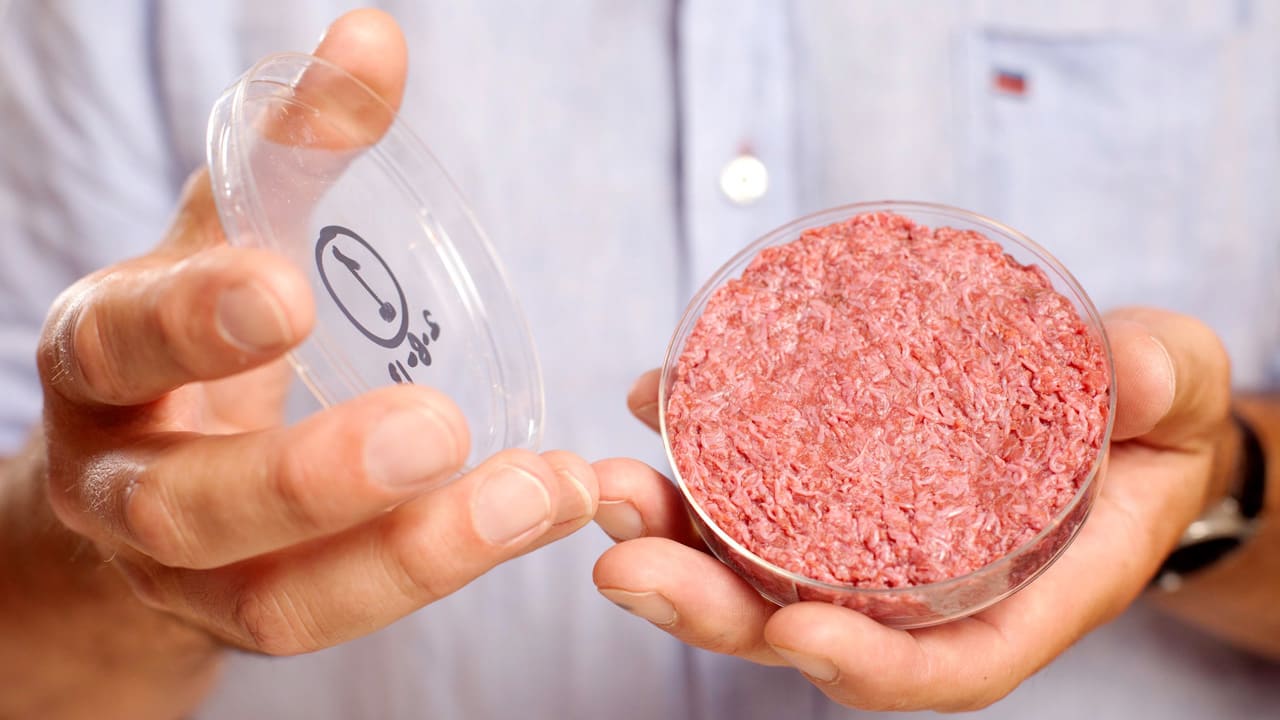
In a recent survey of nearly 1,200 consumers, most said they hadn’t heard of “clean meat” (also known as cultured meat, in vitro meat, or lab-grown meat), which is grown from animal cells without raising animals, in a process similar to brewing beer. But after they heard a brief definition, along with a simple explanation of some of the benefits compared to meat “produced” the traditional way–growing up as a living animal on a farm–66.4% said they’d be willing to try it.
A little more than half of the respondents said they would be willing to eat clean meat as a replacement for conventional meat; 45.9% said that they would be willing to buy it regularly.
“Clean meat is on the horizon,” says Jo Anderson, research director for Faunalytics, a nonprofit research organization that gathers data for animal advocates. The group performed the survey with support from the nonprofit Good Food Institute. “There are a lot of questions about how people are going to feel about it, what we can do to make sure that it’s perceived accurately so that it doesn’t raise concerns for people, and we just wanted to look into different ways of moving that process.”
The survey tested four different messages about the benefits of the food, all using the phrase “clean meat,” the language that startups in the industry are most likely to use themselves. (Some cattle ranchers have argued that the products shouldn’t be labeled as “meat” at all, and the government is still working on regulations that may or may not allow it.) One message, in line with marketing that clean meat startups are already using, explains that the new products use less water and have a smaller carbon footprint than conventional meat, don’t require animals to suffer or die, feed more people on the same amount of land, and are as nutritious, or more nutritious, than standard meat.
Three other messages dealt with the “ick factor” of growing meat in tanks. One message attempted to counter concern that bioreactor-grown meat was unnatural, comparing production to the process of making yogurt or beer, and explaining that cells grow in the bioreactor in a similar way as they would grow in an animal. Another message pointed out that most modern food has been manipulated in some way. A final message explained that conventional meat production isn’t natural–animals are grown with antibiotics and hormones in unsanitary conditions, and meat contains additives and preservatives and is often treated with radiation.
Only the message about the problems in current meat production seemed to shift attitudes in the survey; people who read that message had more positive feelings about clean meat, and said that they were willing to pay more for it. (The message is one that the industry may be somewhat unlikely to use, given that substantial investment in lab-grown meat has come from the traditional meat industry.) The other messages didn’t have a measurable effect, but the researchers believe that mentioning the benefits of the new products did increase acceptance. In a past survey that asked the same questions without positive messages about the products, a similar percentage of people said that they would be willing to try the food (65.3%), but only 32.6% said that they would be willing to eat it regularly.
https://www.fastcompany.com/90211463/most-americans-will-happily-try-eating-lab-grown-clean-meatBagikan Berita Ini














0 Response to "Most Americans will happily try eating lab-grown “clean meat”"
Post a Comment